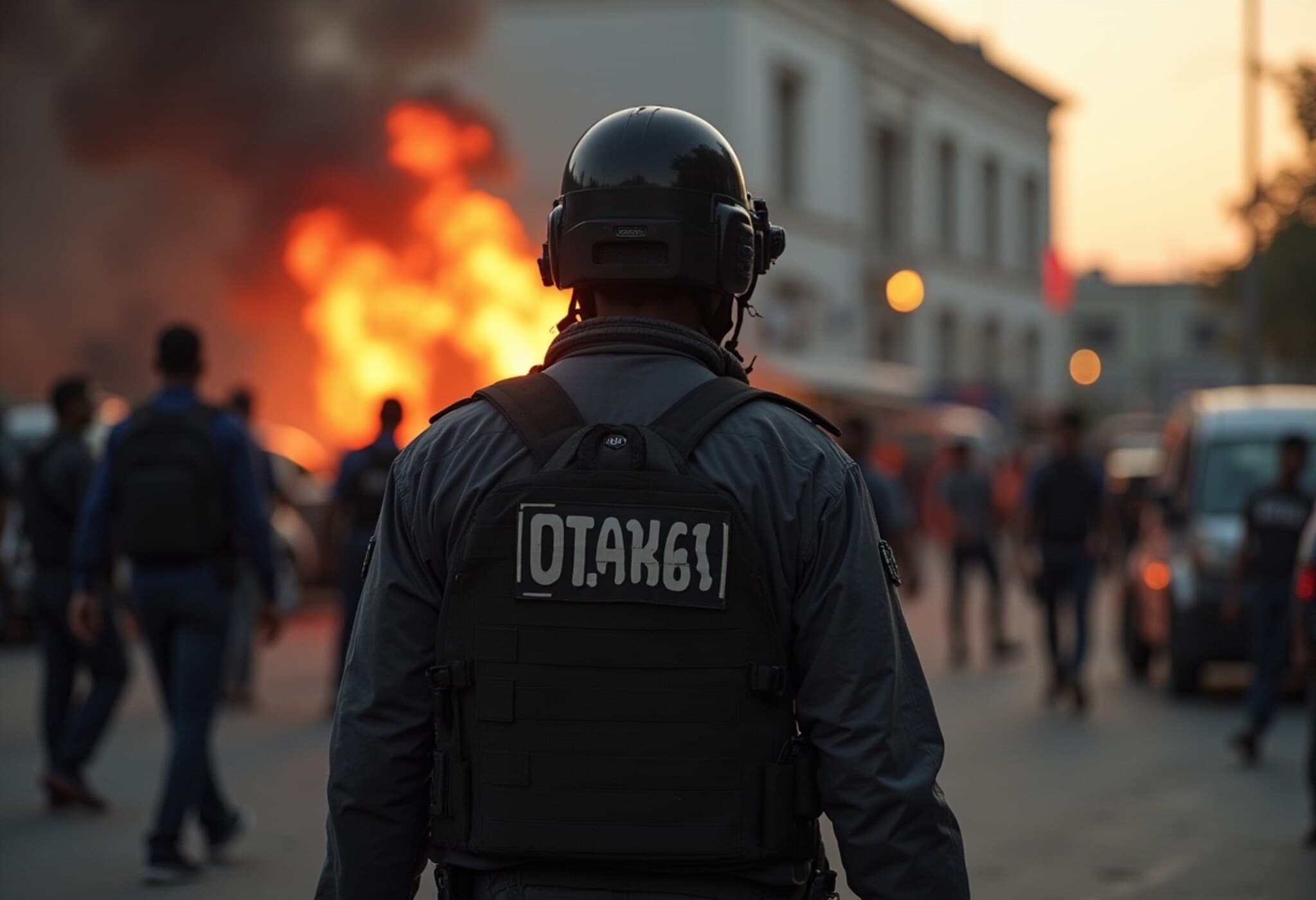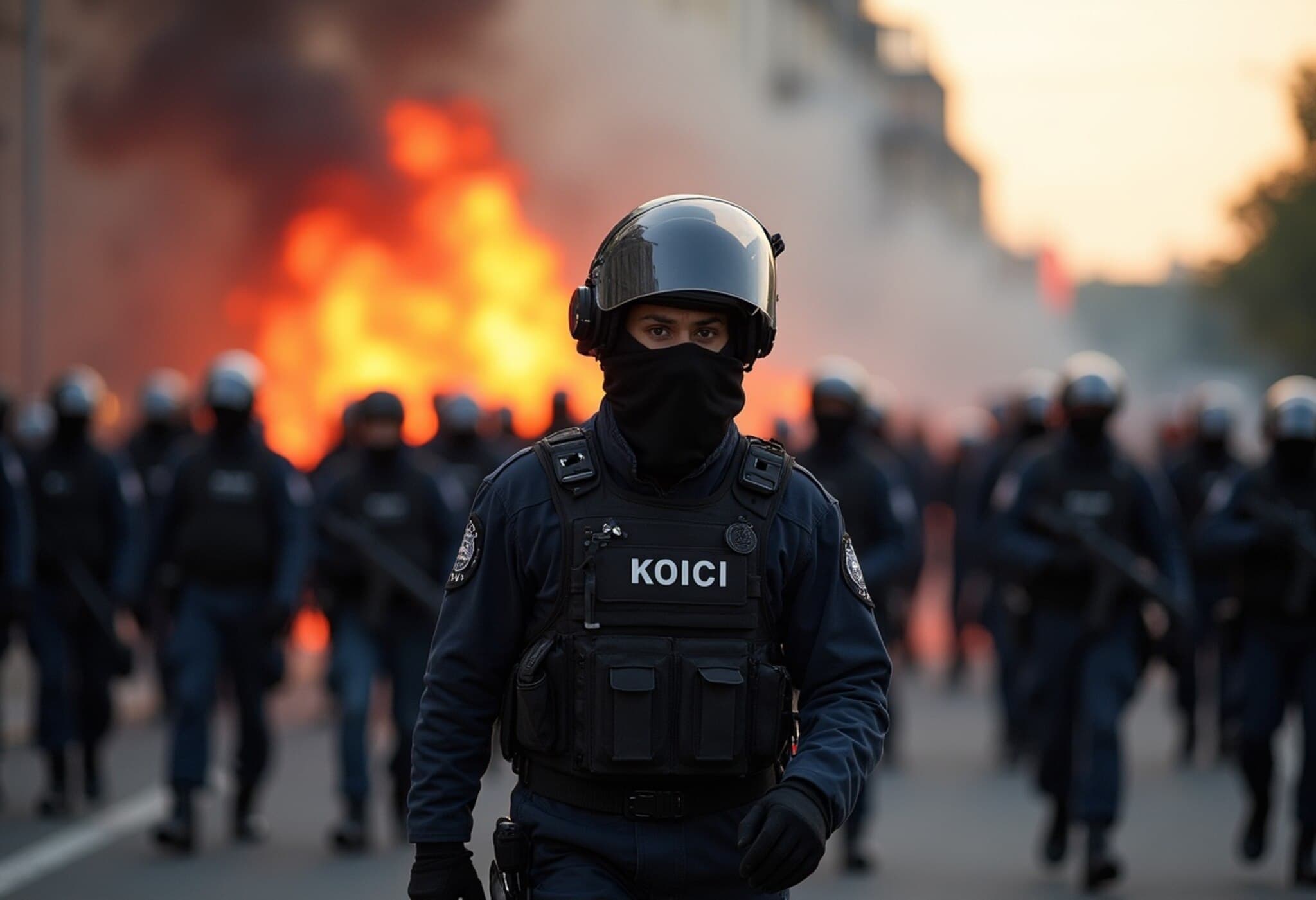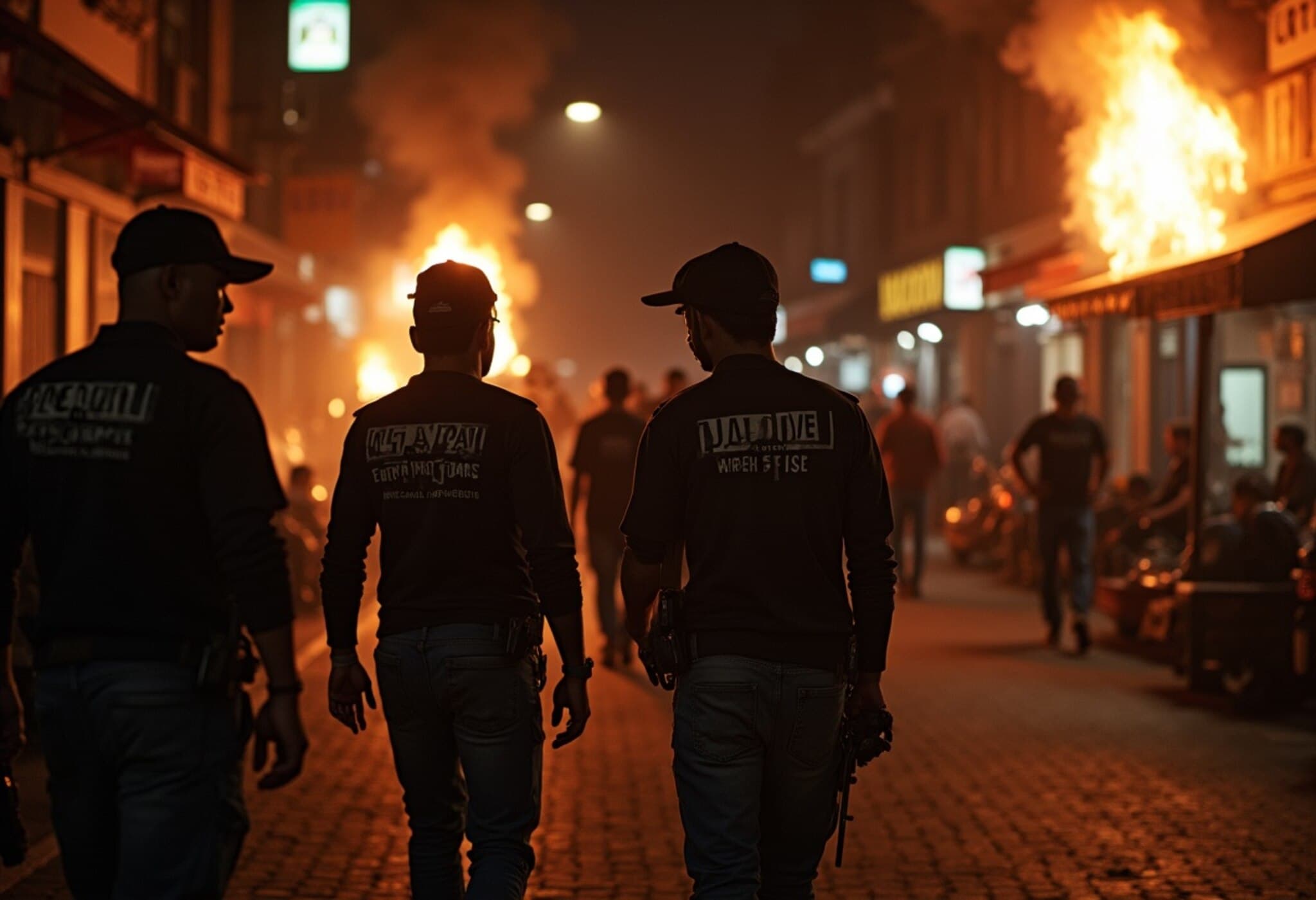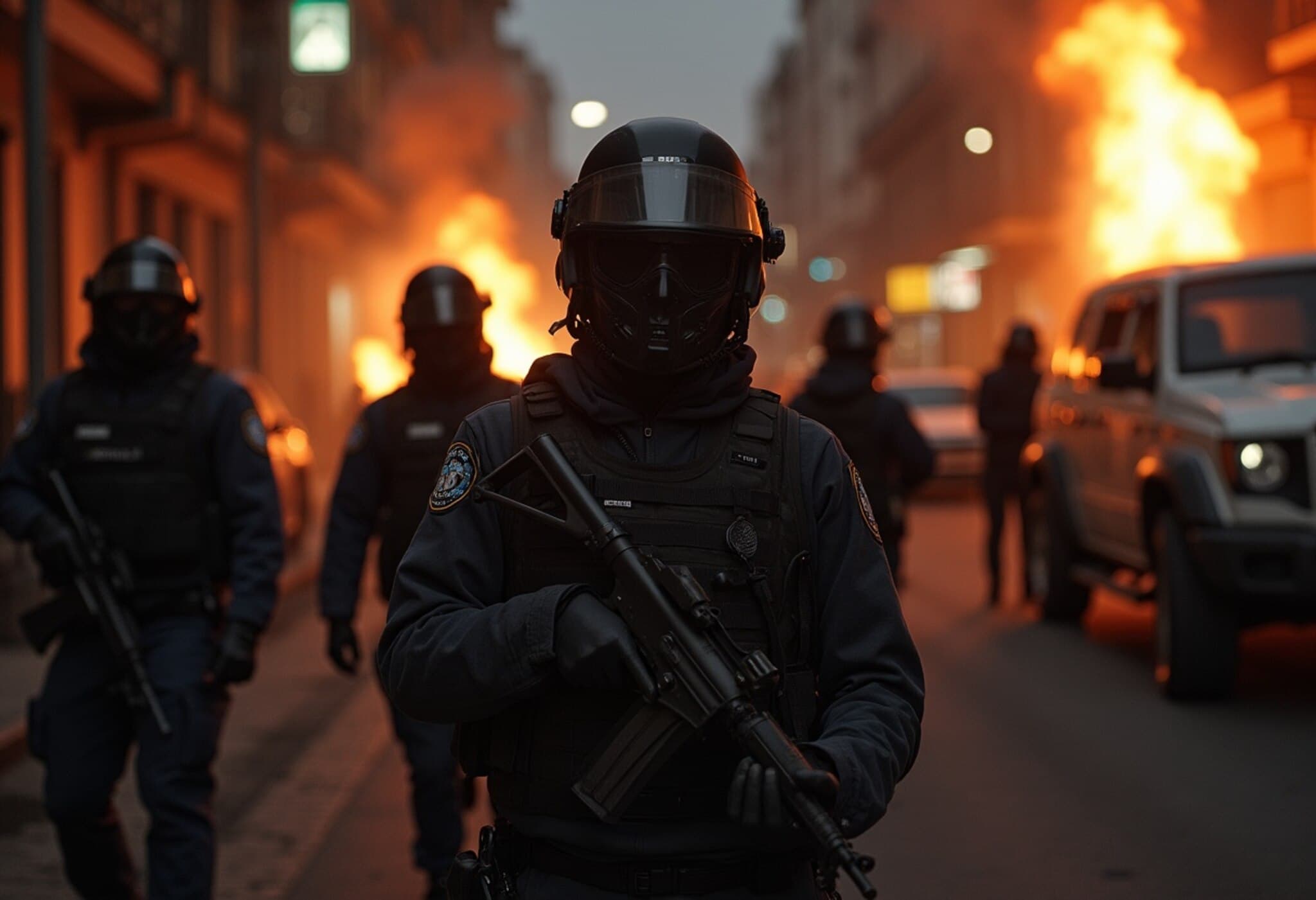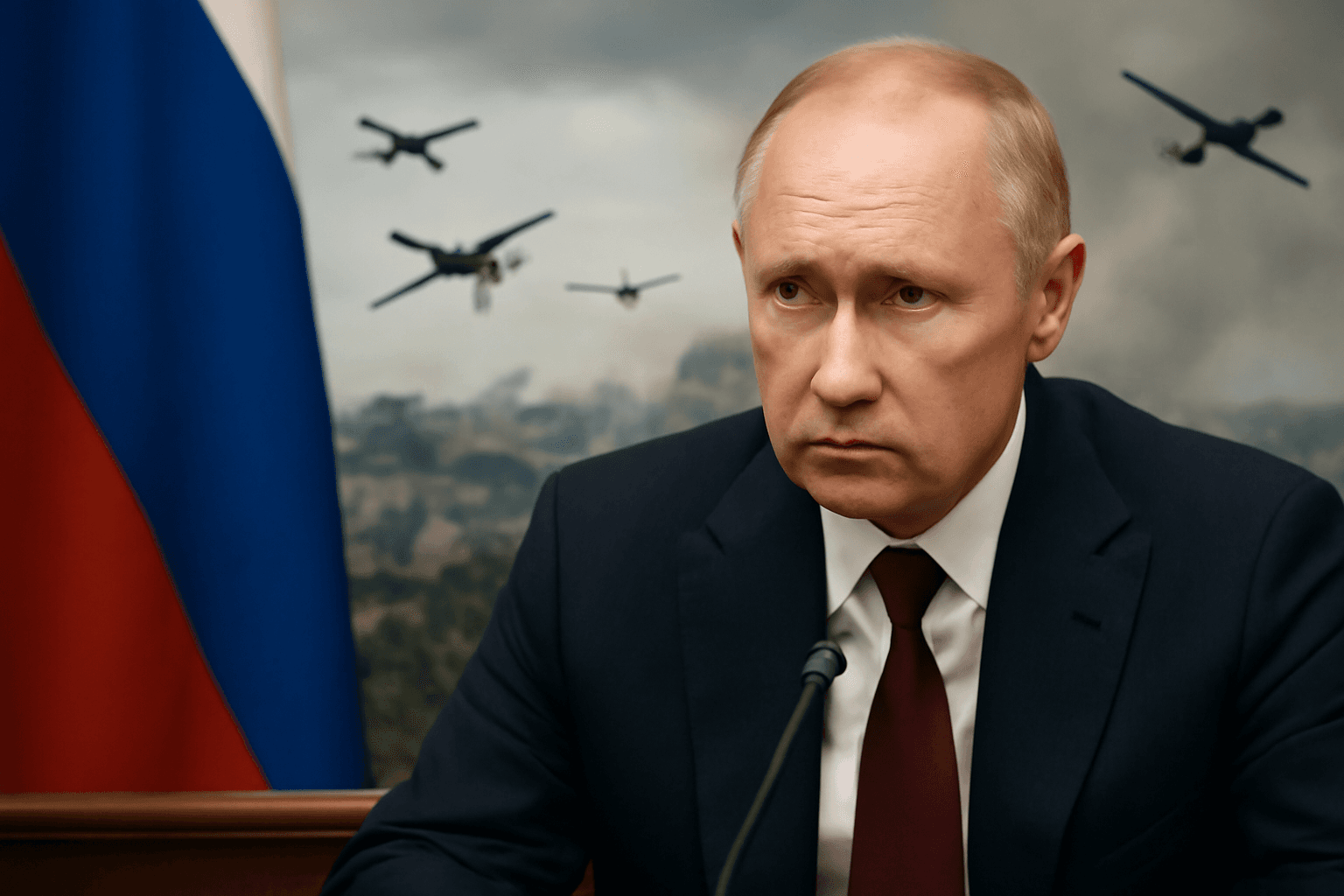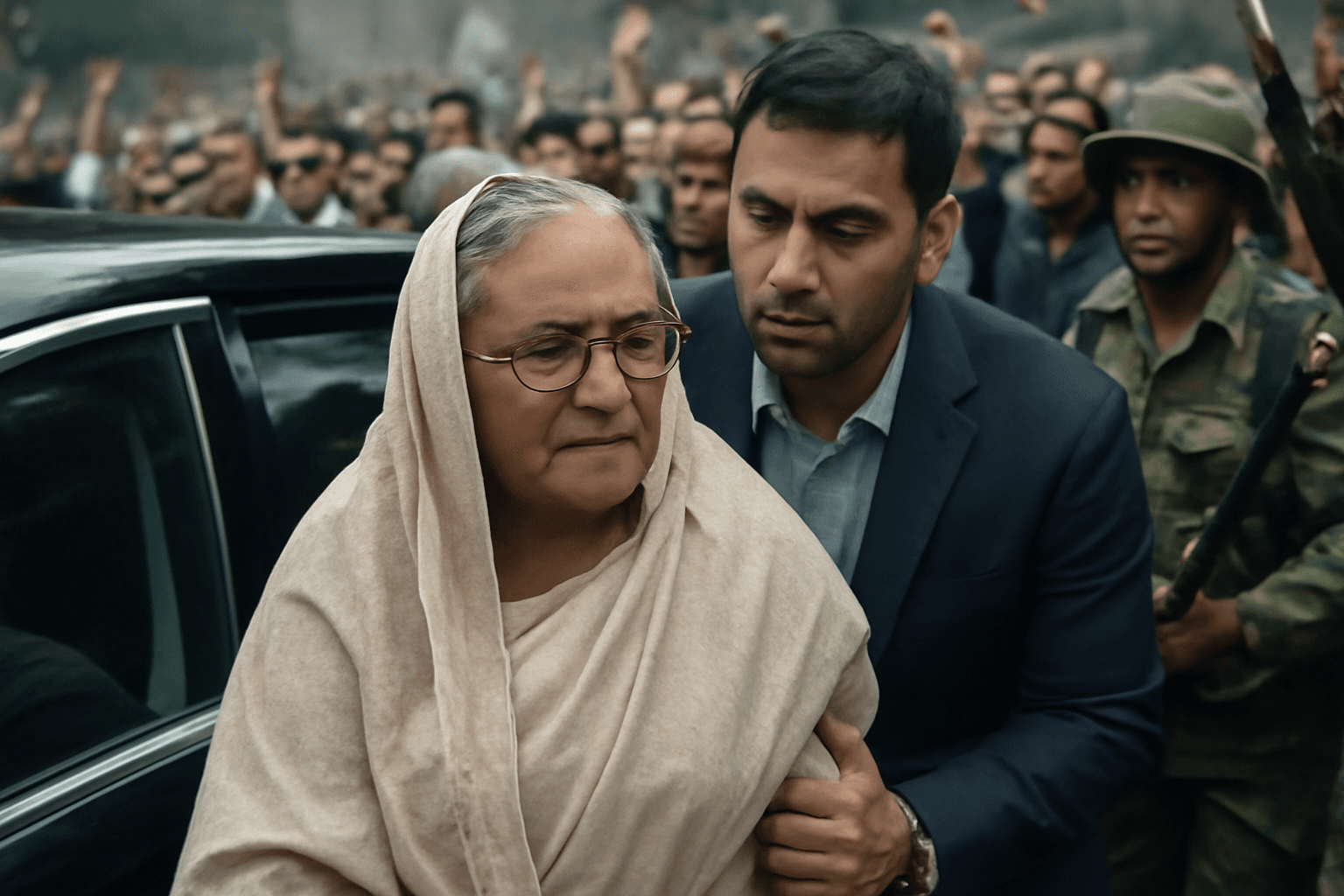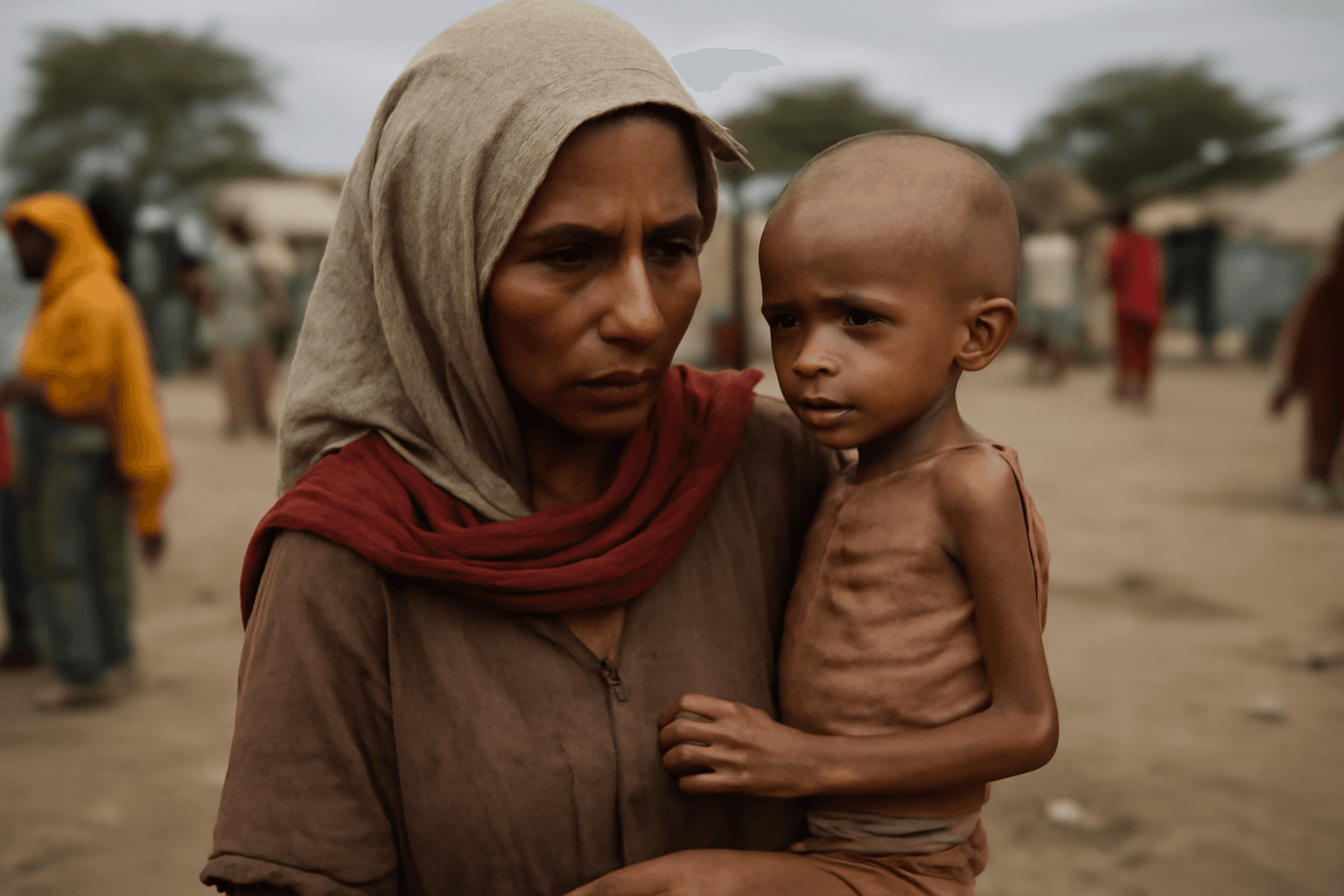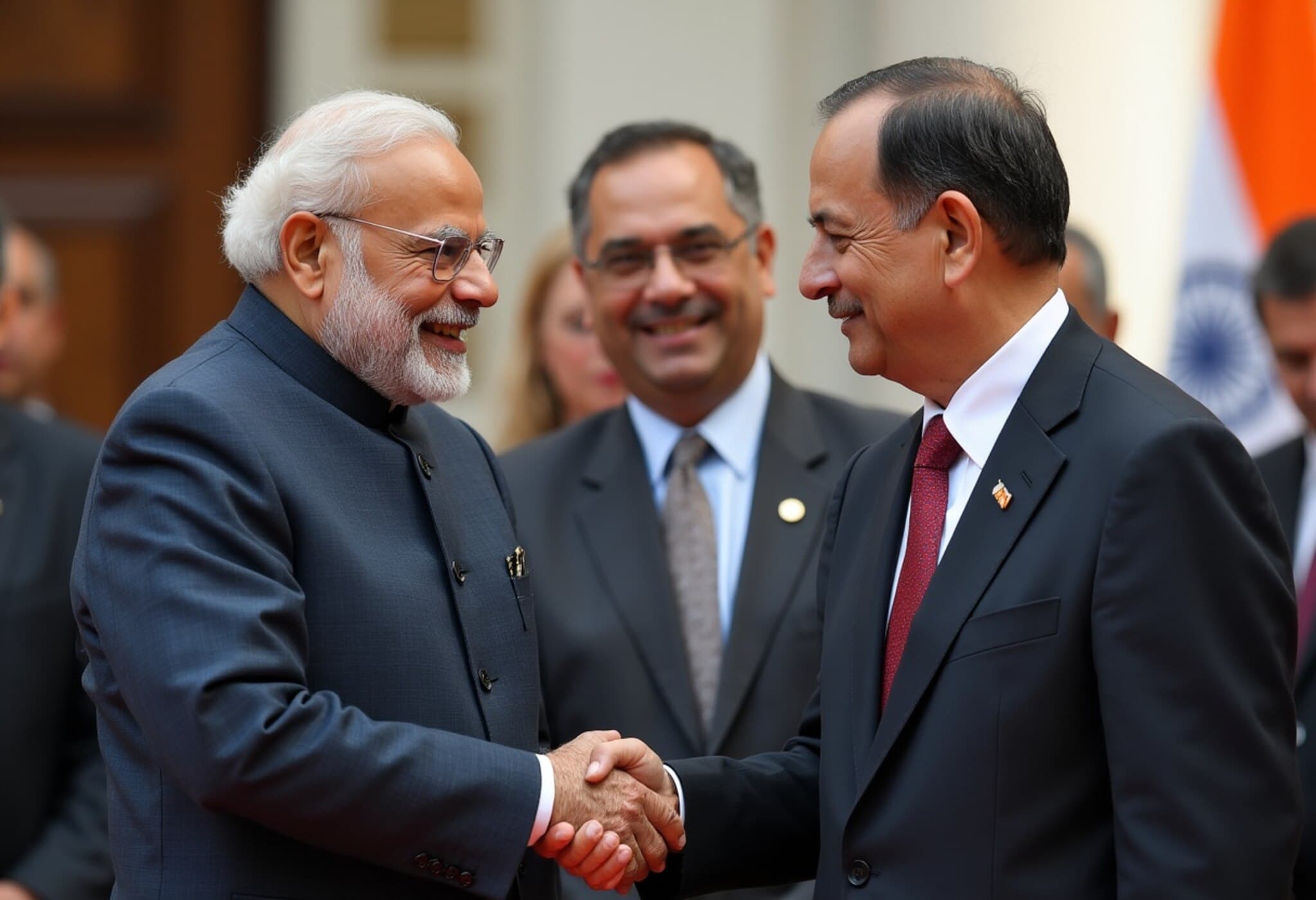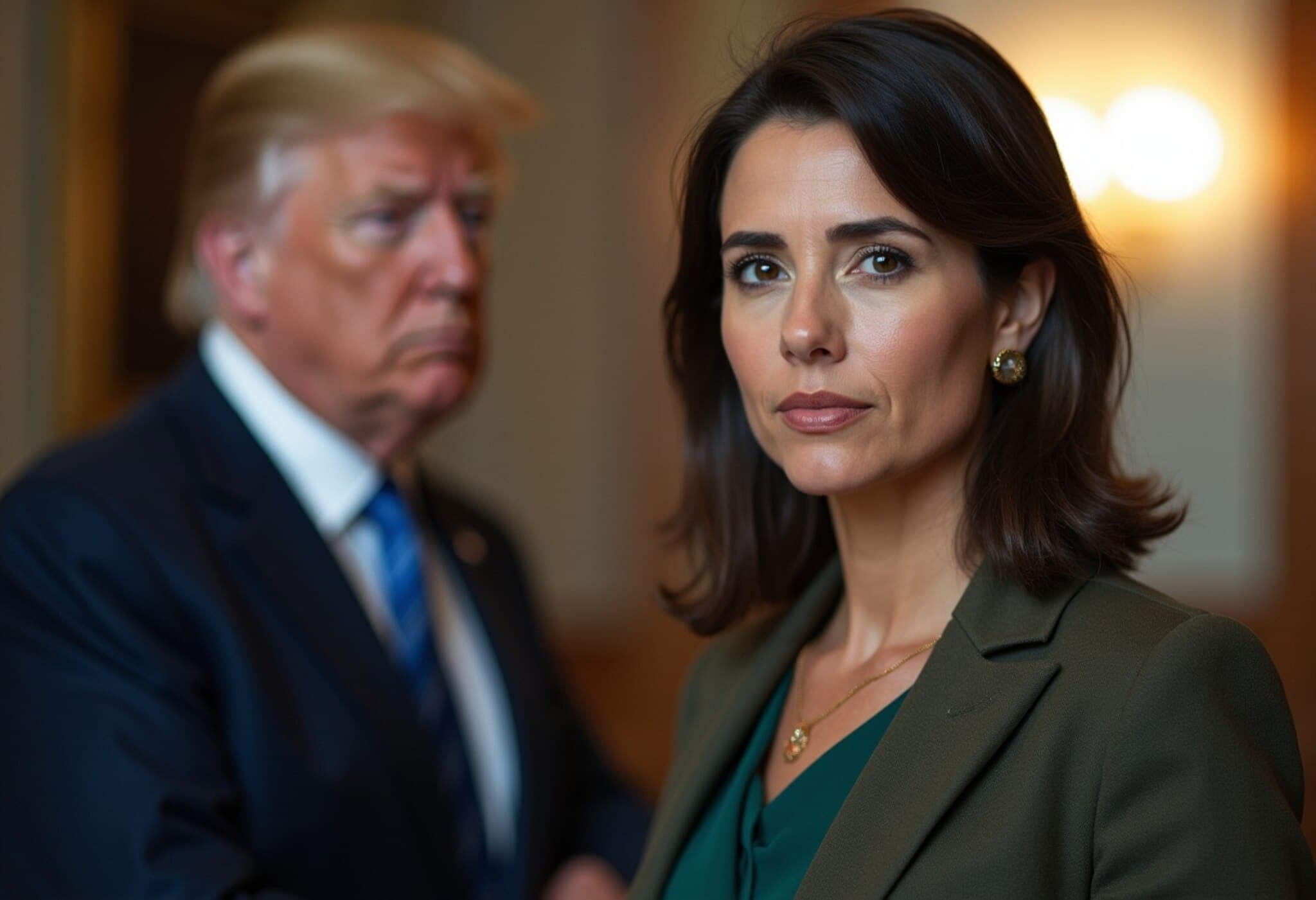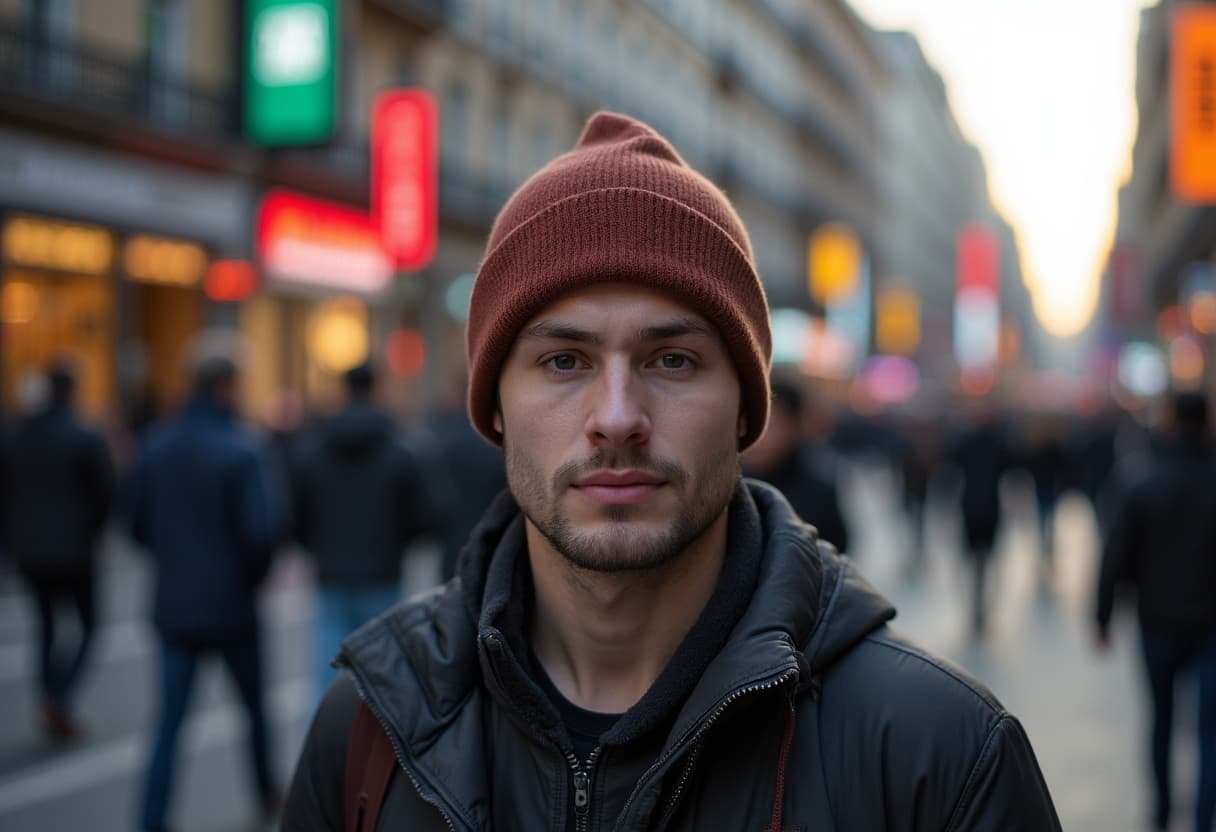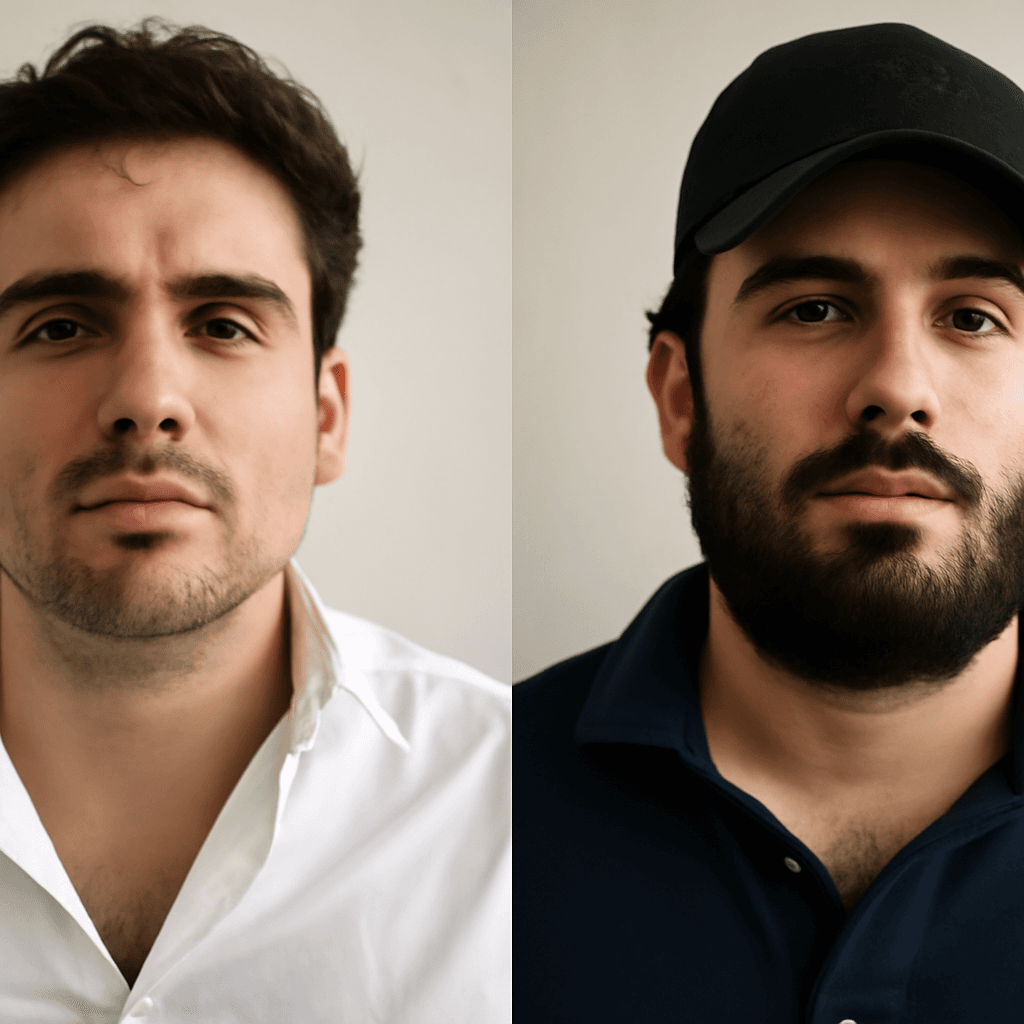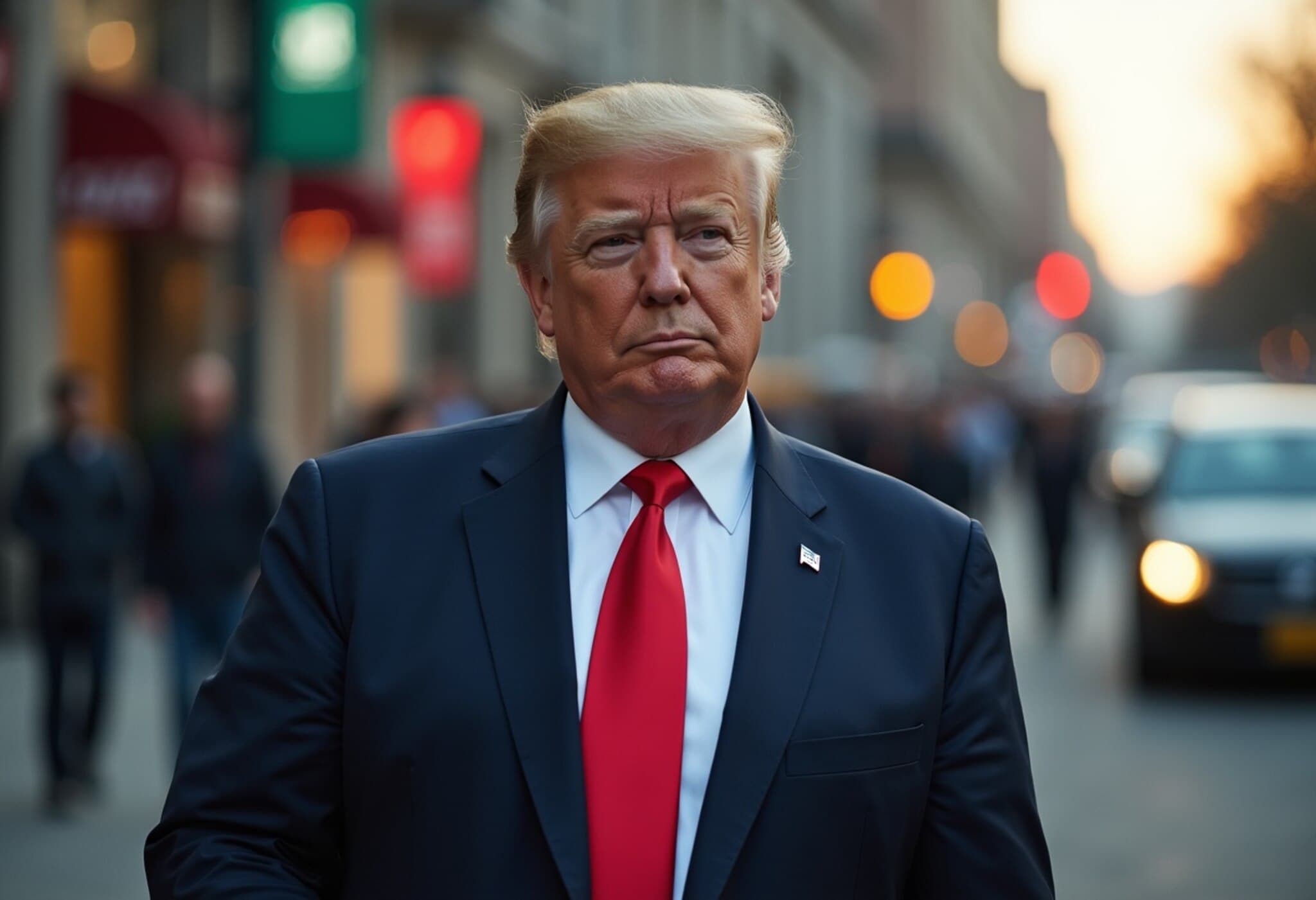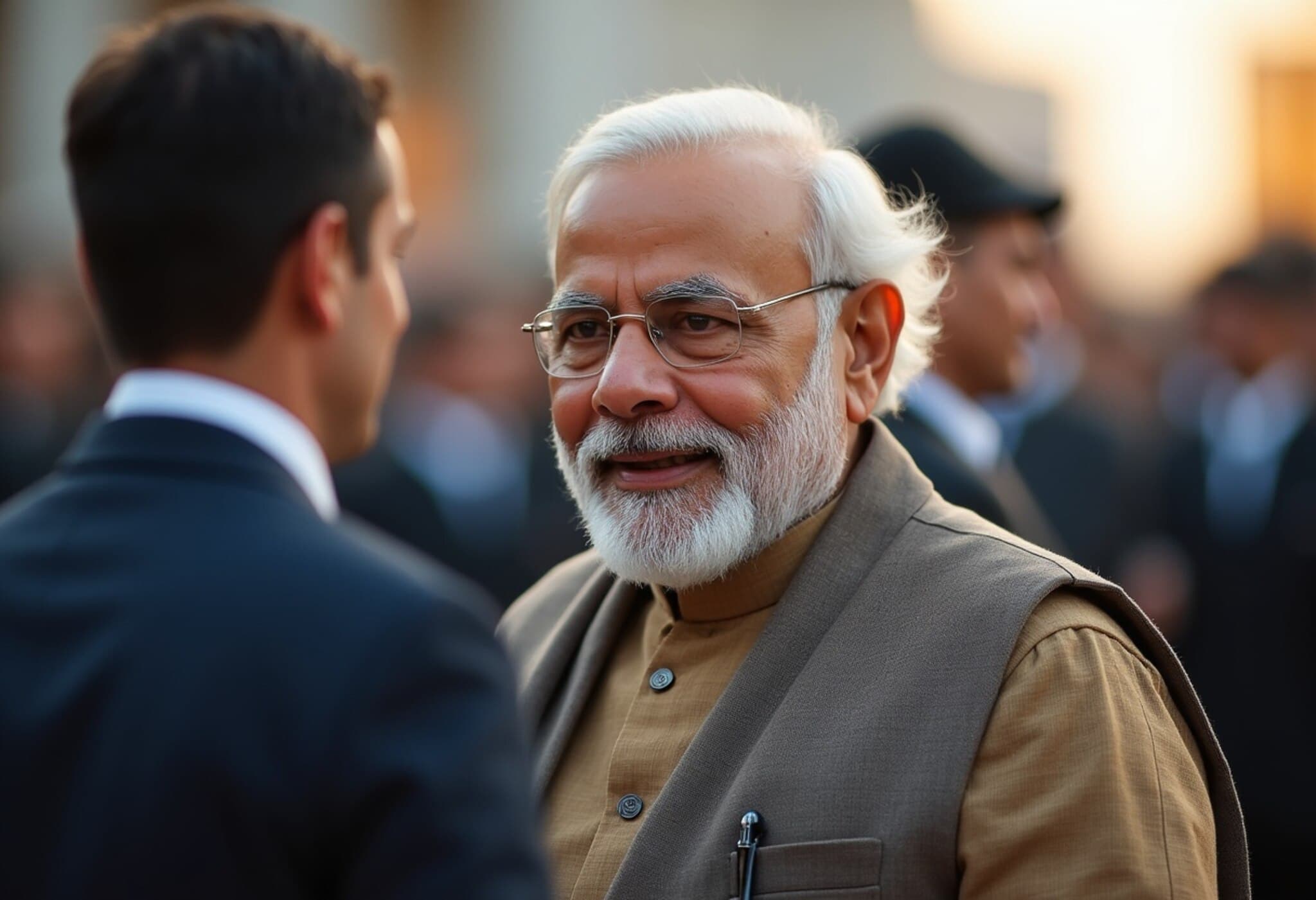Gruesome Killing of Three Young Women Live-Streamed Shocks Argentina
Argentina is grappling with a horrifying new chapter in its battle against organized crime after the brutal torture and murder of three women was broadcast live on Instagram. The chilling event, which unfolded on the outskirts of Buenos Aires, has not only rattled the nation emotionally but also spotlighted the alarming rise of drug cartel violence within the country.
The Tragic Incident Unfolds
On the evening of September 19, three young women—Brenda del Castillo (20), Morena Verdi (20), and 15-year-old Lara Gutiérrez—were lured under false pretenses to a house about 18 miles from Buenos Aires. The women, promised payment for sex work, were instead subjected to unspeakable acts of torture. Authorities revealed the entire ordeal was live streamed via a private Instagram broadcast, horrifying an estimated 45 viewers.
The incident marks a disturbing escalation in the tactics employed by criminal organizations. The offenders belonged to a drug trafficking syndicate allegedly reacting to the theft of a small drug package, believed to have been taken by one of the victims. Javier Alonso, the Minister of Security for Buenos Aires Province, characterized the episode as "a brutal settling of scores" fueled by the fierce competition that drug gangs constantly wage.
Criminal Networks Exploiting Social Media for Intimidation
While Argentina has historically seen less gang-related bloodshed compared to its Latin American neighbors like Mexico, this case starkly illustrates a troubling shift. Drug cartels increasingly weaponize social media platforms not only to broadcast their violent acts but also to impose fear amongst rivals, journalists, and the broader public.
Experts warn that such live-tweeting or streaming of violent crimes align with global patterns of syndicates attempting to amplify their reach and psychological impact. This use of digital platforms raises urgent questions about the responsibilities of tech companies like Meta—the parent company of Instagram—and their ability to detect and prevent the dissemination of violent content in real time.
Law Enforcement Response and Broader Implications
Investigations led authorities to discover the victims' bodies buried in plastic bags inside a garden near the crime scene. So far, four individuals have been arrested, but police believe the network behind the murders extends further. This case has intensified concerns about Argentina’s increasing role as a transit corridor for narcotics en route from Bolivia and Peru to Europe, exacerbating territorial disputes and brutal tactics between competing gangs.
President Javier Milei, who has campaigned on a platform of law and order, has vowed to classify cartel members as terrorists, signaling a hardline approach to combat drug-related violence. However, analysts stress that addressing these entrenched criminal enterprises will demand more than punitive measures—it requires a combination of socio-economic reforms, enhanced intelligence, and international cooperation.
Underreported Dimensions and Regional Context
- Victim Vulnerability: The victims were deceived into dangerous situations, highlighting how drug networks exploit marginalized individuals, especially young women, in their operations.
- The Role of Digital Platforms: The incident exposes gaps in content moderation policies on social media that allow violent broadcasts to reach audiences before removal.
- Cross-Border Criminal Dynamics: Argentina’s geographical position makes it a strategic hub for international drug trafficking, increasing local violence and complicating law enforcement efforts.
- Community Impact: Such graphic violence streamed online has psychological repercussions for communities, normalizing brutality and instilling widespread fear.
Looking Ahead: Challenges for Argentina’s Fight Against Cartel Violence
As Argentina confronts the brutal realities of expanding cartel influence, this heinous crime serves as a grim wake-up call. How can authorities balance cutting-edge policing with protecting civil liberties, especially concerning online speech? What measures can ensure vulnerable populations are safeguarded from criminal exploitation? And how will international partnerships evolve to dismantle the drug networks fueling such violence?
These questions remain pivotal as Argentina navigates the complex intersection of crime, technology, and justice in an increasingly volatile region.


